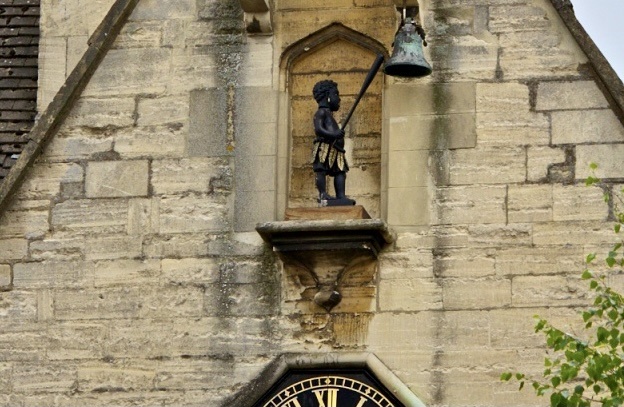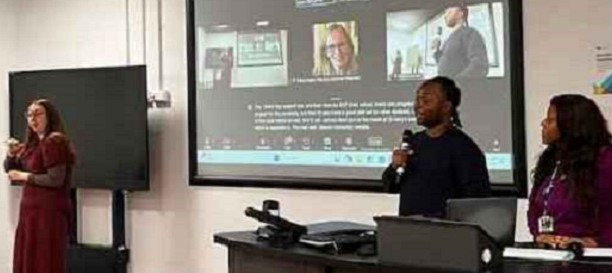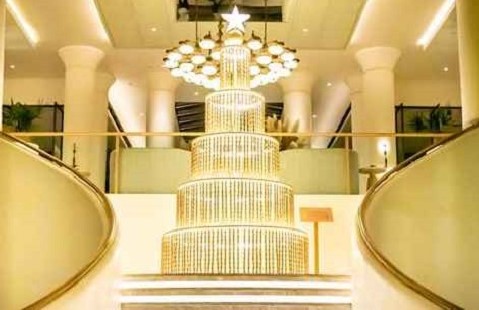Councillors in Gloucestershire have backed the "unprecedented" removal of a 248-year-old statue with links to the transatlantic slave trade. Stroud District Council voted overwhelmingly on Thursday to "pursue" taking down the Blackboy clock that sits on a Grade II listed building.
Under a law introduced last year, the communities secretary can now call in any decisions by local authorities. Councillor Natalie Bennett said the statue was likely to be a "test case".
Speaking at a meeting, the Labour councillor said: "From our understanding, even if Historic England agreed it would then be called into the secretary of state for a final decision. So, as far as we know there has been no precedent set for this because the change in the law is so recent, so it would probably be a test case, I'd imagine."
She said even if the council backed its removal "this may not be achievable" for a number of reasons. One obstacle is the statue is owned by the The Blackboy Clock Trust and the council has no power to order them to take it down.
Even with the support of the council and Historic England, the government could still block its removal, she said.
The law was introduced in January 2021 by the then-Communities Secretary Robert Jenrick, who said it was to protect England's cultural and historic heritage, following an outcry over the toppling of a statue of the 17th Century slave trader Edward Colston in Bristol. Earlier in the meeting, Ms Bennett said that a consultation had been carried out about what should happen to the Blackboy statue.
More than 1,600 people took part in the consultation and 77% of respondents said they wanted it to be removed. In total 57% of respondents said it should then be placed in a museum.
The meeting heard the entire project would cost £50,685 including £33,500 to remove the statue and place it in a museum. A further £16,400 would be spent on a task force including £750 to change the addresses of the five properties in the building and £35 to change the name of Blackboy House.
Ms Bennett said: “The council's panel concluded the statue should not be on public display but neither should it be hidden away from the public. It should be redisplayed, with detailed interpretation in a place that provides learning and education; so that we can continue to challenge what is no longer acceptable, promote thinking and demonstrate that change is needed."
The panel was said to have strongly recommended that it be placed in the immediate locality and a museum in the first instance. The panel also recommended that an information plaque is put in place outside Blackboy House to provide details of this statue and how this review came about.
Its residents also "support" the building being renamed, Ms Bennett told the council.
She confirmed the council was in contact with the family of some of the "elderly" trustees who owned the statue to discuss its removal.
The proposal did not receive universal backing.
Councillor Hayden Sutton asked "why are we sweeping history under the carpet?"
"It's there and should be explained how terrible the slave trade is," the Conservative member said.
"What's the point of putting a plaque up if you're removing it? It won't mean anything unless the Blackboy (statue) is there.
"I've spoken to lots of people and they say it should stay as a part of history."
Councillors later voted through the proposal by 17 to two, with four abstentions.










